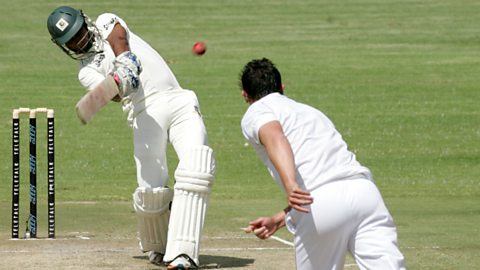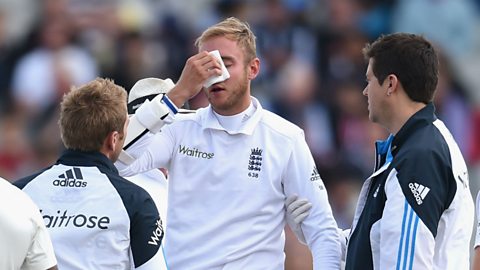Prevention of injury
There are two primary methods of preventing injury in sporting performances:
- follow all rules and apply them fairly
- use protective equipment and clothing at all times and ensure that all protection is in good working condition

A cricketer must follow all rules to ensure that injury is avoided. For example, a bowler must ensure that the ball bounces on the pitch or passes the batsperson below waist height. The bowler must also bowl from behind the crease so that the batsperson has enough time to respond to the ball and only a limited number of bowls each over may be delivered over shoulder height. These rules help to keep the batsperson safe.
Protective clothing is also very important in cricket. A batsperson typically wears a helmet, pads and gloves in case a fast-moving ball strikes them. Likewise, some fielders such as the wicket keeper might wear a helmet and pads for the legs.
These methods keep the performers safe but accidents still happen. Sometimes the ball will hit the player in an unprotected area or a player will unintentionally break a rule, causing harm to themself or an opponent. As a result, protective equipment must be continually refined and improved and rules and regulations must be changed wherever necessary to protect the performers without fundamentally changing the experience of playing the game. An example of this in cricket is ensuring that helmets prevent the ball from hitting any part of the head and neck without becoming too heavy or inconvenient to wear while batting or fielding.

Before taking part in any sport or physical activity it is also important to check the equipment to make sure it is all in good working order and also check the facility to ensure it is safe and fit to use.